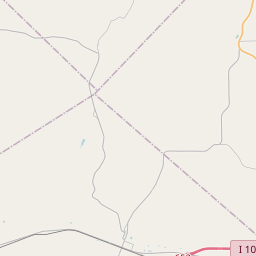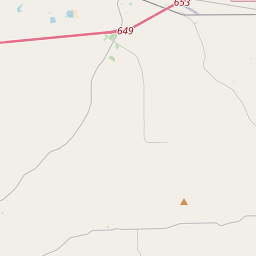The Town of Waelder
Historical marker location:










In 1876, when the Galveston, Harrisburg, & San Antonio Railroad built through Gonzales County, this town was laid out to serve as a shipping point for the surrounding agricultural and ranching area. Hopkinsville, a thriving community five miles north, moved here to become the nucleus of Waelder.
Because of valuable services rendered to railroad interests in the early days, the G. H. & S. A. named the new town for the company attorney, Frederick Jacob Waelder (1820-1887).
Born in Germany, Waelder spent most of his life in Texas, where he was a lawyer, representative in the State Legislature (1855-1859), and briefly an officer in the Confederate Army. He was also a leader of the German - Texas colonists in numerous undertakings.
The town of Waelder, which grew to be the second largest in the county by 1900, can trace the history of its populace back to the three waves of German immigrants who settled in Texas from 1831 to 1900.
Highly regarded by their neighbors, German citizens were considered frugal and industrious. Joining with Latin- Americans and "old south" Anglo-Americans, the two other largest ethnic groups in Texas, they have left a distinctive mark on the culture of the state
As one of the most visible programs of the Texas Historical Commission (THC), historical markers commemorate diverse topics in Texas history, including: the history and architecture of houses, commercial and public buildings, religious congregations, and military sites; events that changed the course of local and state history; and individuals who have made lasting contributions to the state, community organizations, and businesses.
Texas is known for its love of football, and the state has produced many great football players, including legends like Tom Landry, Earl Campbell, and Vince Young.
Following the Texas Revolution and the establishment of the Republic of Texas, Gonzales County played a vital role in the formation of the new state. The town of Gonzales became the capital of DeWitt County and remained a prominent center for trade and agriculture. The 1850s brought an influx of German immigrants to the area, who brought with them their agricultural expertise and helped to further develop the county's economy.
During the Civil War, Gonzales County primarily sided with the Confederacy, and many residents served in the Confederate Army. After the war, the county faced a period of reconstruction and struggled with political and economic challenges. However, through the late 19th and early 20th centuries, the discovery of oil and the expansion of the cattle industry brought renewed growth and prosperity to Gonzales County.
Today, Gonzales County remains a vibrant community with a mix of agriculture, oil and gas production, and diverse industries. The county is also known for its rich cultural heritage, including historical sites and the annual reenactment of the Battle of Gonzales. The county's history is celebrated and preserved through museums, historical markers, and the pride of its residents in their shared past.
Gonzales County Timeline
This timeline provides a concise overview of the key events in the history of Gonzales County, Texas.
- 1834 - Gonzales County established as a municipality of Mexico
- 1835 - "Come and Take It" cannon skirmish occurs in Gonzales, marking the start of the Texas Revolution
- 1836 - Texas gains independence from Mexico; Gonzales County becomes part of the Republic of Texas
- 1846 - Texas becomes a state, and Gonzales County remains a political subdivision
- 1861-1865 - Gonzales County residents participate in the American Civil War
- 1878 - The Gonzales Inquirer, the oldest continuously published weekly newspaper in Texas, is established
- 1887 - Gonzales County Courthouse is built
- 1891 - The Harwood and Gonzales Railway connects Gonzales to the Texas railway network
- 1905 - Oil is discovered in Gonzales County, leading to an economic boom
- 1936 - The Gonzales Warm Springs Rehabilitation Center, now the J.B. Wells Park, opens as a medical facility for polio patients
- 1949 - The Gonzales Memorial Museum is established to preserve local history
- 1967 - The Gonzales State School opens to serve individuals with intellectual and developmental disabilities
- 1988 - The Confederate Soldiers Monument is erected in the Gonzales Memorial Museum